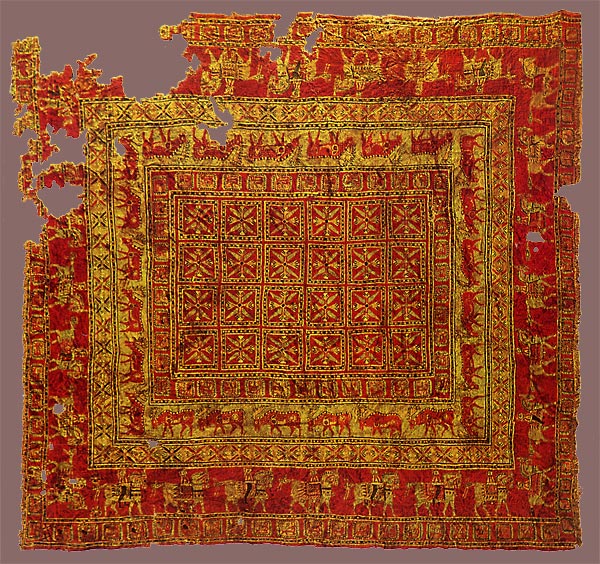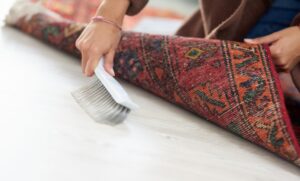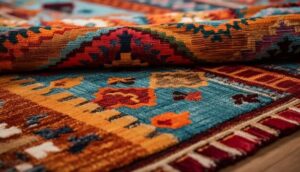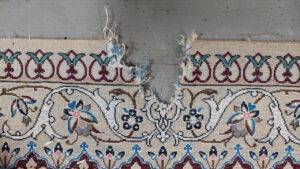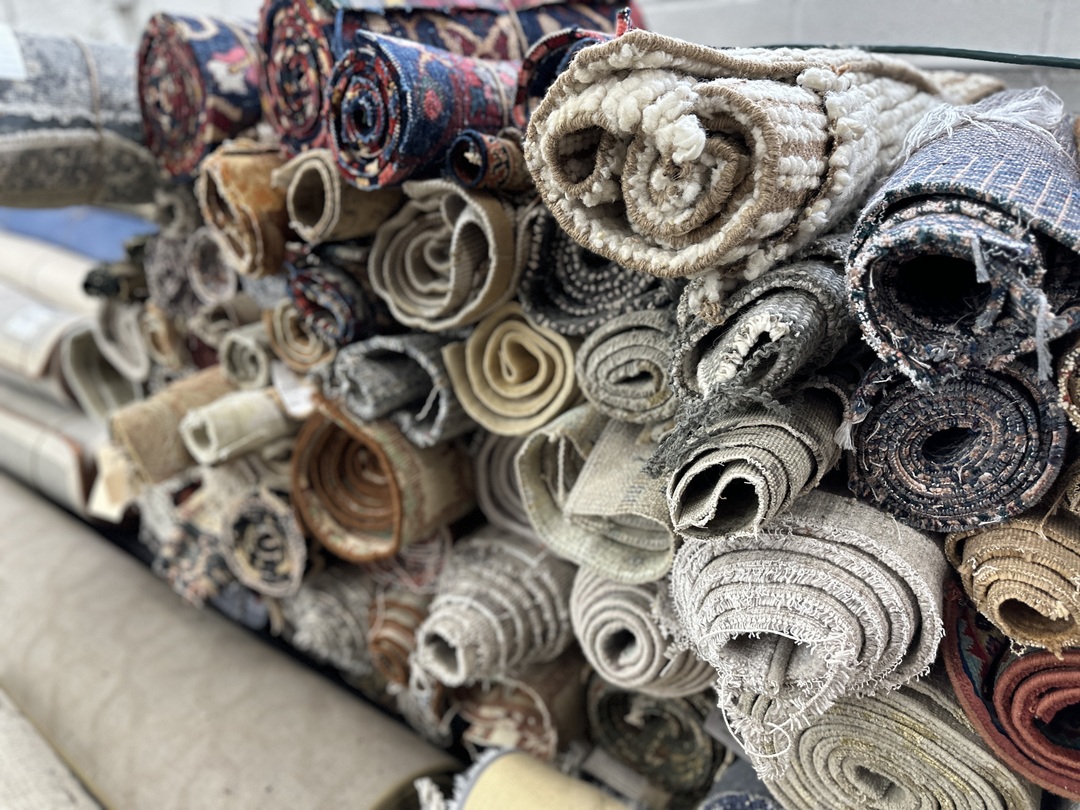Introduction
The History of Oriental Rugs: Rugs have long been treasured for their utility and beauty. Beyond their practical use as floor coverings, rugs have served as vital means of communication, artistic expression, and a demonstration of technical skill. Over the centuries, rug-making techniques and styles have evolved, reflecting the cultures that crafted them.
The Early Beginnings
Pazyryk Rug: The Earliest Known Rug
Believed to be the oldest surviving carpet in the world, the Pazyryk Rug dates back to the 5th century B.C. Discovered in a Scythian burial mound in Siberia, this ancient rug exhibits an astounding degree of technical skill and intricate design, being kept in the Hermitage Museum in St. Petersburg, Russia.
Rug Weaving in Ancient Civilizations
The craft of rug weaving was highly developed in ancient civilizations. In Mesopotamia, Persia, and Egypt, rugs were woven with complex designs and used for various ceremonial and functional purposes.
The Middle Ages: The Golden Age of Persian Rugs
During the Middle Ages, rug production flourished, particularly in Persia (modern-day Iran). Persian rugs from this era are revered for their rich colors, intricate patterns, and high knot density. They’re often seen as the pinnacle of the rug weaver’s art.
The Advent of Oriental Rugs in Europe
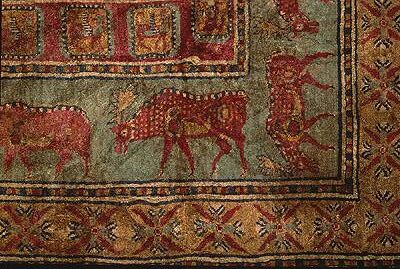
The Influence of Trade Routes
The advent of trade routes brought the beauty of oriental rugs to Europe. These stunning pieces were coveted by the European elite, featuring prominently in Renaissance paintings as symbols of wealth and status.
Industrialization and Rug Production
The Industrial Revolution had a significant impact on rug production. The invention of mechanized looms in the 19th century transformed rug-making, allowing for mass production and making rugs more accessible to the broader public.
Rugs Today: A Global Craft
Rug-making today is a global craft, with distinct styles reflecting their regions of origin. From the intricate patterns of Persian and Turkish rugs to the vibrant colors of Moroccan Berber rugs, the variety is endless.
The Cultural Significance of Rugs
Throughout history, rugs have not only served practical purposes, providing warmth and comfort, but they’ve also held significant cultural relevance. The designs and patterns woven into the fibers often tell stories of the weavers’ lives, their beliefs, and their surroundings.
Symbols and Motifs in Rug Designs
In traditional rug weaving societies, such as Persia, Turkey, and the Caucasus, rug designs incorporated a variety of symbols and motifs. These could represent anything from religious beliefs and fertility symbols to depictions of animals and natural elements. Each design held a specific meaning and was often passed down through generations, creating a tangible link to the past.
The Techniques and Materials
The making of a rug involves a complex process that requires great skill and patience. The weaver must first choose the appropriate materials, usually wool, silk, or cotton, then dye them using natural or synthetic dyes. The rug is woven on a loom, with each knot tied by hand. Depending on the rug’s size and complexity, the process can take anywhere from a few months to several years.
The Evolution of Dyeing Techniques
In the early days of rug making, weavers used natural dyes derived from plants and insects. With the discovery of synthetic dyes in the mid-19th century, a broader spectrum of colors became available. While some rug makers today still use natural dyes, many have adopted the use of synthetic dyes due to their consistency and durability.
Oriental Rugs in the Modern World
Today, Oriental rugs are recognized worldwide for their beauty and craftsmanship. The methods, techniques, and designs have evolved over centuries, adapting to new cultures, markets, and technological advances.
Modern Rug Making
In the modern era, while machine-made rugs have gained popularity due to their lower cost and higher production speed, hand-woven rugs remain highly prized for their unique character, craftsmanship, and longevity. Contemporary rug weavers often blend traditional techniques with modern designs, creating rugs that fit seamlessly into a range of interior styles, from traditional to modern minimalist.
Rug Collecting
Rug collecting has also grown in popularity, with enthusiasts and collectors appreciating not just the aesthetics but also the rich history and cultural heritage that these rugs represent. Whether displayed on floors or hung on walls, these pieces bring a touch of the world’s diverse cultures into homes.
Conclusion
From ancient looms to modern homes, rugs have traveled through time and across cultures, adapting and evolving, yet retaining their inherent charm and significance. As we unroll a rug, we are not just witnessing a decorative piece but a woven piece of history that tells a thousand tales.
As you venture into the world of rugs, whether as a collector, an admirer, or simply a homeowner seeking the perfect piece, understanding the history of rugs can bring an added layer of appreciation. From our Rug Cleaning services to Rug Repair and Rug Restoration, we help preserve this historic art form for future generations to enjoy.

